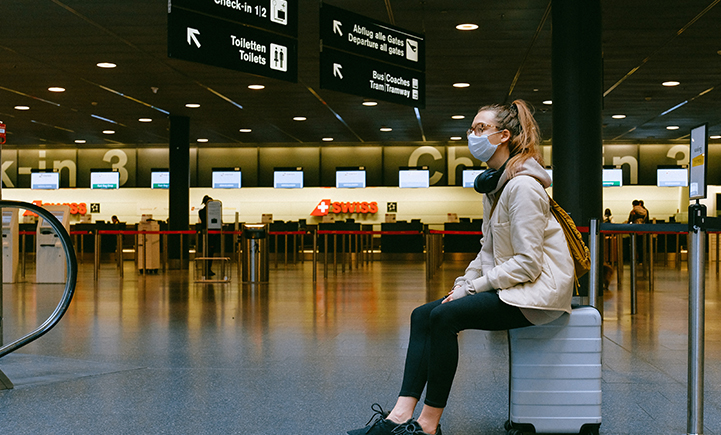Researchers explore how to resume economic activity with COVID-19 social distancing guidelines
SUNY Research Seed Grant Program funds study

As the COVID-19 pandemic spread across the globe, everything from theme parks to movie theaters to restaurants was shut down in a short amount of time.
Now, a few months later, states and regions around the country are beginning to roll out plans to begin reopening certain parts of the economy.
“While some may portray this as a binary choice between staying closed and opening everything up, that is a very simplistic way of looking at it,” said Hiroki Sayama, professor of systems science and industrial engineering in Binghamton University’s Thomas J. Watson School of Engineering and Applied Science. “What we’re seeing is that every person has different needs and preferences. Every company has different properties and every region and state has different situations. What we need is an adaptive strategy that accounts for all of this.”
Sayama, working with research partners from Binghamton’s School of Management (SOM), have begun to explore what an adaptive strategy would look like. The team, consisting of Shelley Dionne, associate dean of SOM, and Francis Yammarino, distinguished professor, have begun to develop preliminary computational models of what reopening could look like for different areas, with funding through the SUNY Research Seed Grant Program.
Sayama said the goal is to find ways to resume economic activities while accounting for social distancing guidelines.
“We’re looking for the right balance between cutting social connections and maintaining social connections,” said Sayama. “By integrating information from the individual, local, regional and state levels, we’re looking to find ways to maximize the benefits of both social contact and social isolation together.”
The research team is incorporating data from multiple sources, including from states and regions that have begun their reopening processes.
“Everything is data right now,” he said. “We aren’t just looking at the immediate short-term; we’re looking at this upcoming fall and next year. Humanity needs to cope with this terrible thing for quite a substantial length of time, so that means we need to develop some more sustainable strategies on how to cope.”
As far as what the group expects to find from their research, Sayama predicts the conclusions can be boiled down to two words: “It depends.”
“This situation is very complex. You need to factor in so many local and regional and individual factors,” he said. “People may expect a simple solution to this issue, but everything is dependent.”
Sayama believes the pandemic presents opportunities for interdisciplinary research.
“The disciplinary approach would work only for disciplinary problems. This is not that. This involves biology, medicine, public health, political science, sociology, computer science, physics — everything,” he said. “Problems like this do not have a discipline. Working together is a necessity in this kind of situation.”
Sayama also said the unprecedented nature of the pandemic means researchers have an obligation to promote their findings and recommendations in a responsible manner.
“This is a living thing. It’s not a simulation; it’s a disease. Real human beings are suffering and dying,” he said. “Scientists should be humble. We should be very careful and cautious about making quick and easy decisions.”
